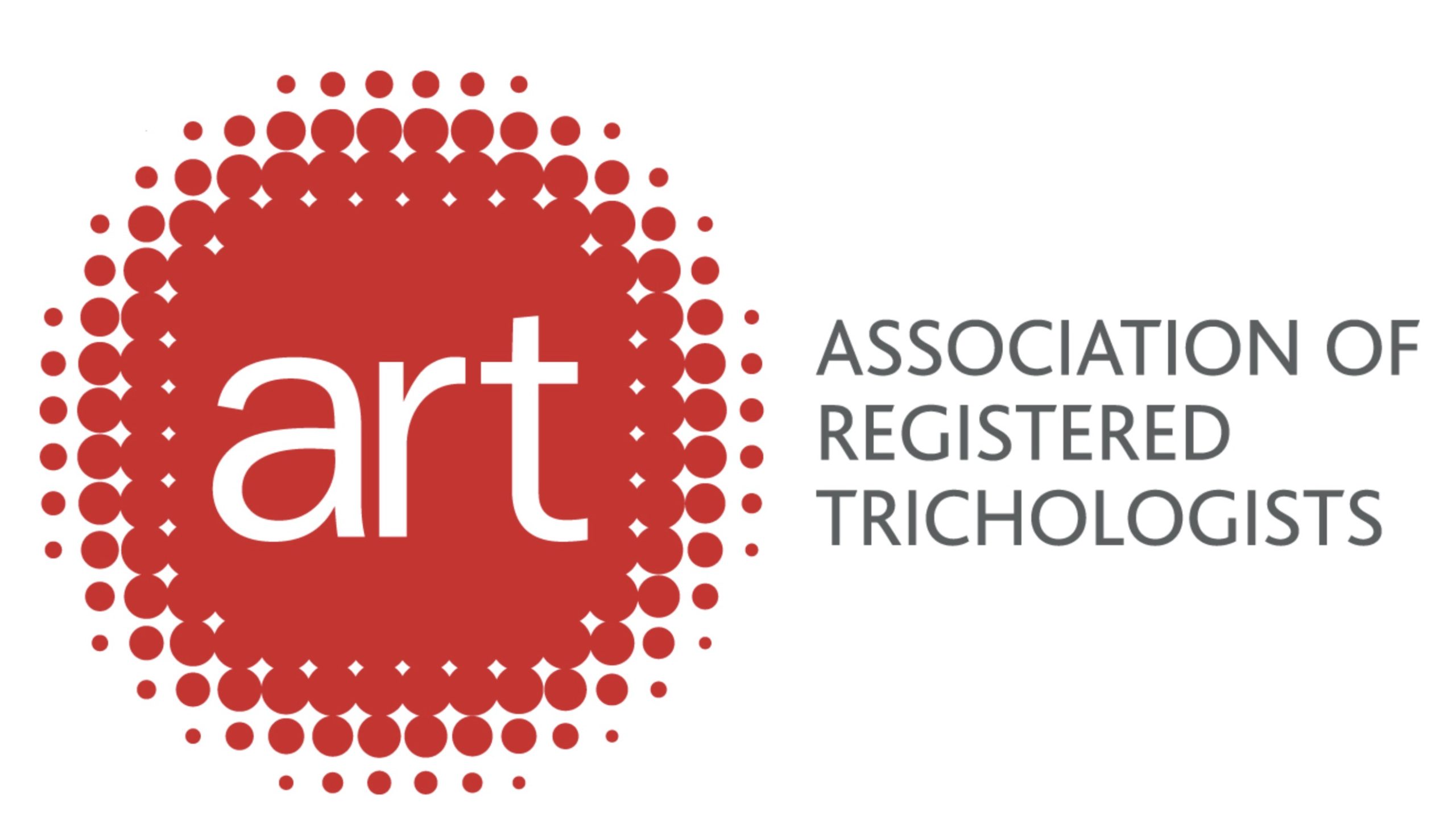Imagine if something as simple as light…
Imagine if something as simple as light could accelerate healing, relieve pain, and even enhance your brain’s performance. Sounds like science fiction, right? But it’s not. Welcome to the fascinating world of photobiomodulation (PBM) — a rapidly growing field at the intersection of science, health, and technology.
What Is Photobiomodulation?
Photobiomodulation, often referred to as PBM or low-level light therapy (LLLT), is the use of specific wavelengths of light to stimulate, heal, regenerate, and protect tissue that has either been injured, is degenerating, or is at risk of dying. This isn’t about high-powered lasers that cut through tissue; PBM uses low-level lasers or LEDs that gently stimulate biological processes at the cellular level.
In simpler terms: PBM is healing with light
How Does It Work?
At its core, PBM works by influencing the mitochondria — the “powerhouse” of the cell. When light of certain wavelengths (typically in the red or near-infrared spectrum, between 600–1100 nm) is absorbed by chromophores in cells (especially cytochrome c oxidase), it triggers a cascade of beneficial effects:
How does it work ?
Increased ATP Production: ATP is the energy currency of the cell. More ATP means cells can function more effectively.
Reduction of Oxidative Stress: PBM can neutralize harmful free radicals, reducing inflammation and preventing cell damage.
Enhanced Blood Flow: Light therapy improves circulation, delivering oxygen and nutrients more efficiently to tissues.
Activation of Cellular Repair Pathways: This leads to faster recovery from injuries.
The result? Reduced pain, faster healing, better cognitive function, and even protection against degenerative diseases.
Applications of Photobiomodulation
The potential of PBM is vast. Some of its major applications include:
1. Pain Management
Chronic pain conditions such as arthritis, fibromyalgia, and back pain have shown improvement with PBM. It’s a non-invasive alternative to painkillers, without the side effects.
2. Wound Healing
From diabetic ulcers to surgical wounds, PBM accelerates tissue repair and reduces scarring.
3. Brain Health
Neurodegenerative conditions like Alzheimer’s, traumatic brain injury (TBI), and even depression are areas of intense PBM research. Studies suggest PBM can improve cognitive function and protect neurons.
4. Sports Recovery
Athletes use PBM to recover faster after intense workouts, reduce muscle soreness, and prevent injuries.
5. Aesthetic Applications
PBM can stimulate collagen production, reduce wrinkles, and improve skin tone — making it a go-to treatment in the world of anti-aging and dermatology.
Is Photobiomodulation Safe?
When used correctly, PBM is extremely safe. It’s non-invasive, painless, and has minimal side effects. However, as with any therapy, correct dosage, wavelength, and treatment time are critical for achieving the best results. Overuse
can lead to diminished benefits or no effect at all — a phenomenon known as the biphasic dose response.
The Future of PBM
As research expands, the future of photobiomodulation looks incredibly promising. Portable home devices, wearable PBM patches, and even helmets designed for brain stimulation are emerging. We are moving toward a future where light
therapy could become a standard part of medicine, not just an alternative.
Imagine your doctor prescribing light treatments alongside or instead of pharmaceuticals — that’s not so far away.
Final Thoughts
Photobiomodulation is a perfect example of how ancient forces like light can be harnessed with modern science for profound healing. While more research is always welcome, current evidence already paints PBM as a safe, effective, and revolutionary tool for wellness, recovery, and brain health.
Next time you step into a beam of warm sunlight, just remember — there’s incredible power hidden in those rays.





